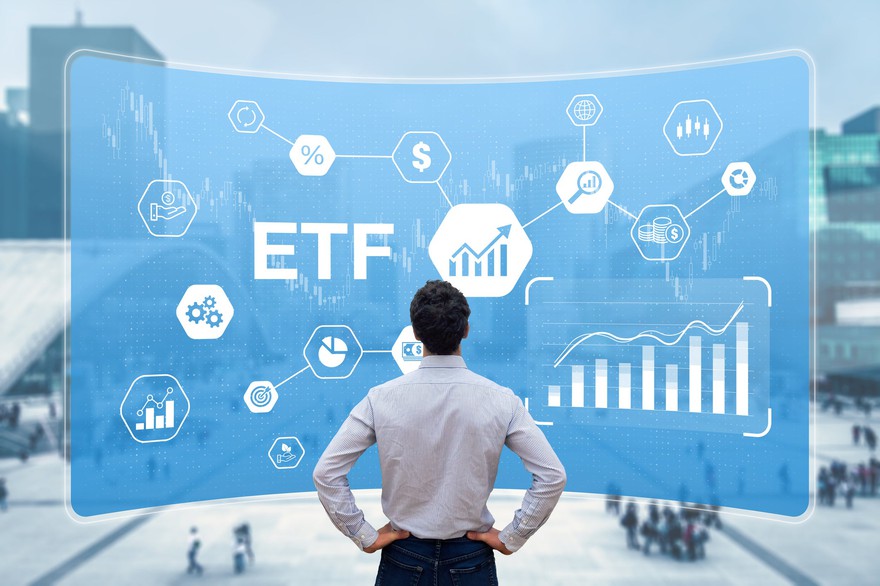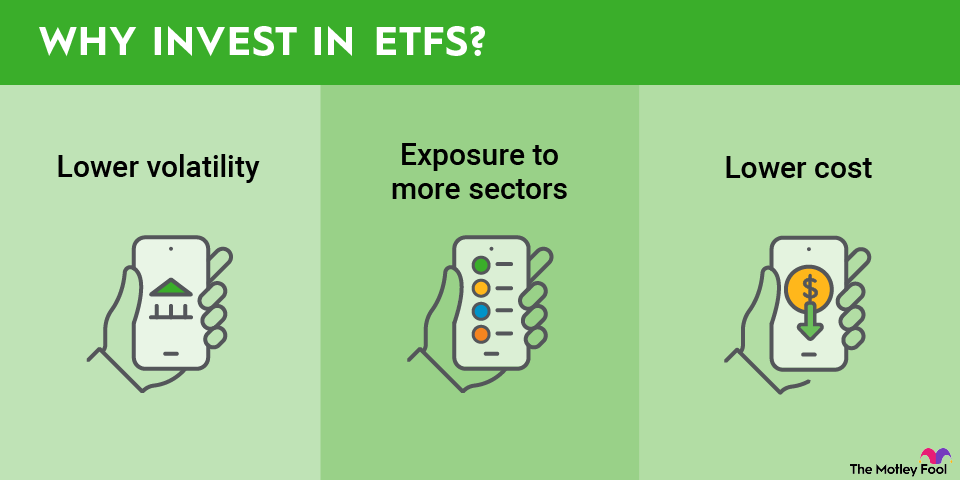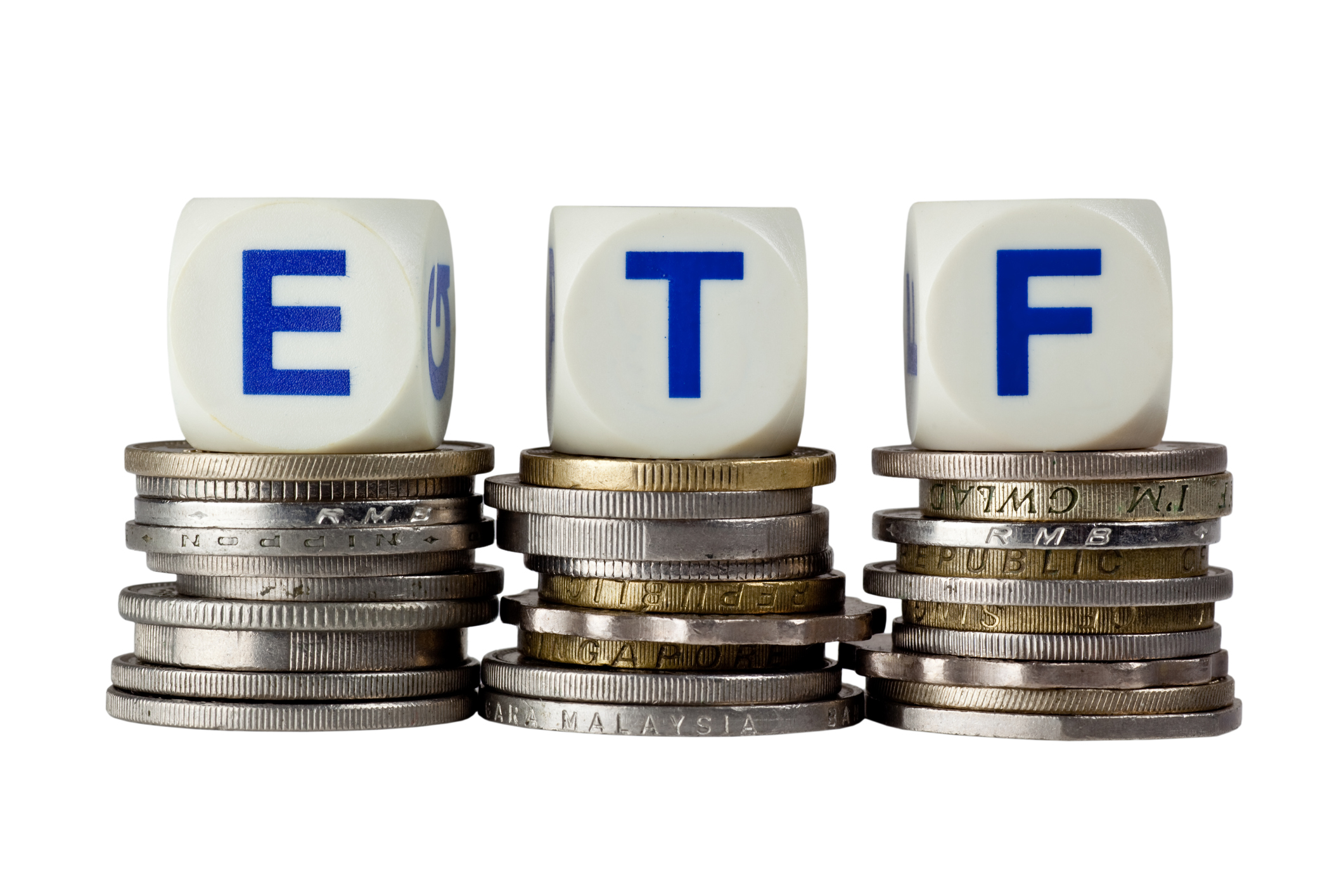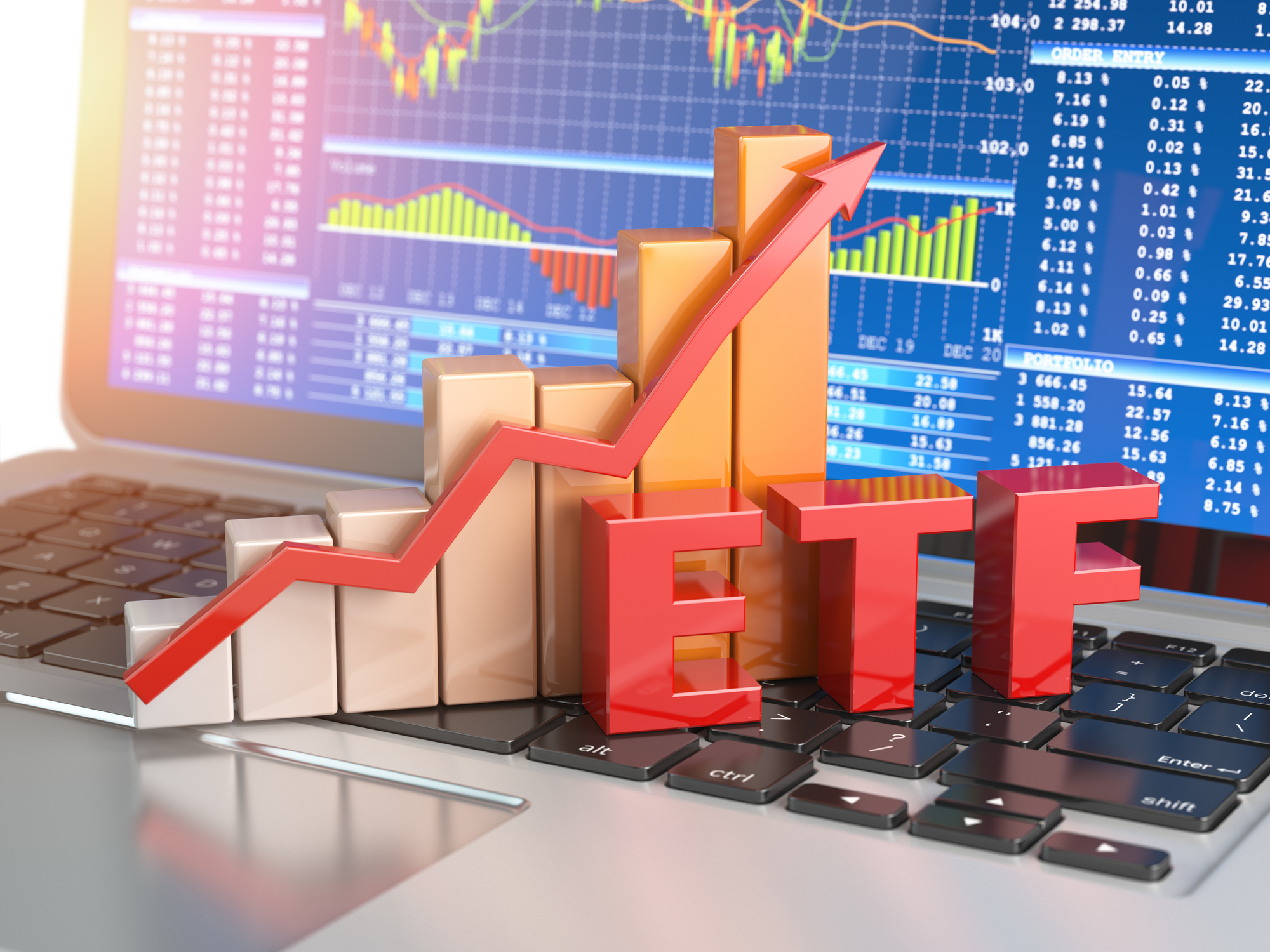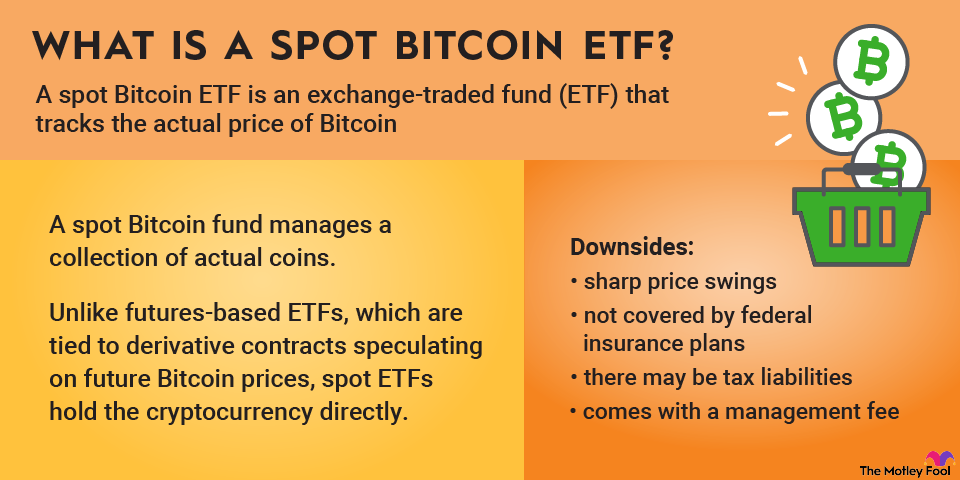The Vanguard International High Dividend Yield ETF (VYMI) is a popular way to gain exposure to global dividend-paying stocks. And it adheres closely to the Vanguard playbook of low costs and broad diversification.

This dividend exchange-traded fund (ETF) has built a strong reputation since its launch in 2016. It boasts billions in assets under management and a long enough track record for investors to evaluate its performance across different market cycles.
Exchange-Traded Fund (ETF)
In this article, we'll cover how this Vanguard ETF works, what it holds, how to buy the ETF, and whether it makes sense for your portfolio as a dividend investor.
What is the Vanguard International High Dividend Yield ETF (VYMI)?
This ETF is a passive fund that tracks the FTSE All-World ex U.S. High Dividend Yield Index. That means it doesn't try to beat the market. It simply aims to replicate the index's holdings and performance as closely as possible.
The index starts with a universe of non-U.S. international stocks and selects the top 50% based on forecasted 12-month dividend yield, excluding real estate investment trusts (REITs). Once selected, the stocks are market-cap weighted, meaning larger companies have more influence on the portfolio than smaller ones.
How to buy the Vanguard International High Dividend Yield ETF (VYMI)
- Step 1: Open your brokerage app: Log in to your brokerage account, where you handle your investments.
- Step 2: Search for the ETF: Enter the ticker or ETF name into the search bar to bring up the ETF's trading page.
- Step 3: Decide how many shares to buy: Consider your investment goals and how much of your portfolio you want to allocate to this ETF.
- Step 4: Select order type: Choose between a market order to buy at the current price or a limit order to specify the maximum price you're willing to pay.
- Step 5: Submit your order: Confirm the details and submit your buy order.
- Step 6: Review your purchase: Check your portfolio to ensure your order was filled as expected and adjust your investment strategy accordingly.
Holdings of the Vanguard International High Dividend Yield ETF (VYMI)
This ETF is one of the most diversified dividend funds available, with over 1,500 companies in the portfolio. It leans toward large-cap stocks, with a median market cap of $49 billion, and maintains a value tilt, as indicated by a price-to-earnings (P/E) ratio of 11.7 times and a price-to-book ratio of 1.4 times.
Despite that value focus, it also prioritizes quality, with an average return on equity of 11.8% and earnings growth rate of 13.1%. The largest sector weighting is in the financials sector, followed by industrials and consumer staples. Country exposure is led by Japan and the U.K., with notable weight in Switzerland, Canada, Australia, and China.
Expense Ratio
While this cost is affordable by most standards, it's not the lowest in its category, especially compared to some ultra-low-cost international ETFs. Still, the fee is reasonable given the fund's broad diversification and income-focused strategy.
Historical performance of Vanguard International High Dividend Yield ETF (VYMI)
Metric | 1-year | 3-year | 5-year |
|---|---|---|---|
Market price | 16.99% | 11.12% | 14.51% |
Net asset value | 17.11% | 11.16% | 14.44% |
Related investing topics
The bottom line on the Vanguard International High Dividend Yield ETF (VYMI)
This ETF offers a simple, effective way to add global income exposure to your portfolio. It combines broad diversification, a competitive yield, and Vanguard's trademark low-cost structure, making it a reliable option for long-term investors looking to go beyond U.S. borders.
While it may be too broad for those seeking targeted exposure to specific countries or sectors, it excels as a core holding for anyone wanting international dividend stocks in one convenient package.
